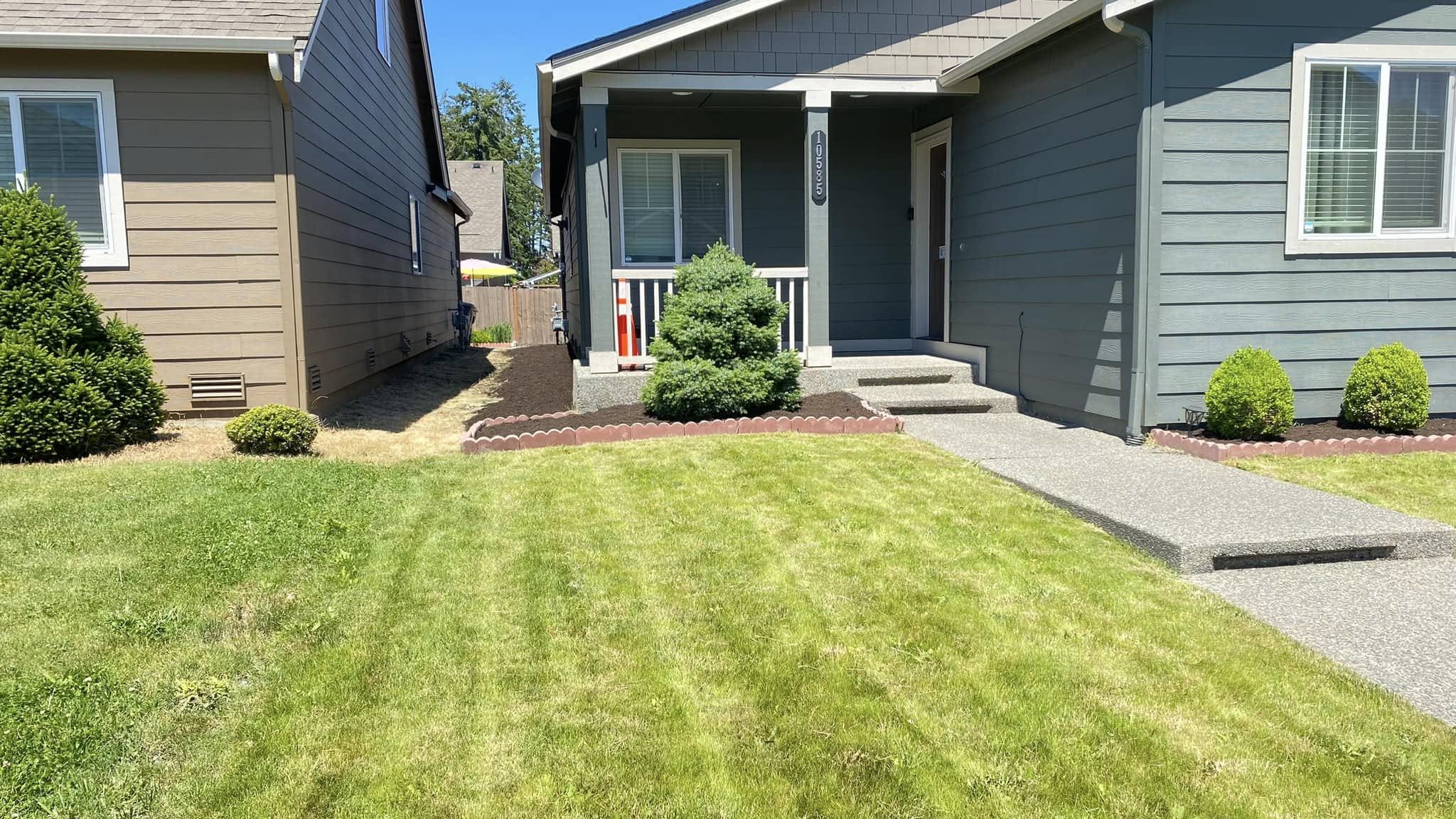
The Ultimate Guide to Sustainable Landscaping for Families Sep 26, 2025
One of the fundamental principles of sustainable landscaping is choosing the right plants. Opt for native plants, which are better adapted to your local climate and soil conditions. These plants typically require less water, reducing your irrigation needs significantly. In addition, native plants support local wildlife, providing food and habitat for birds, butterflies, and beneficial insects. Research native species in your area and incorporate a variety of them into your garden to promote biodiversity.
Water conservation is a critical component in sustainable landscaping. Implementing a rainwater harvesting system can substantially decrease reliance on municipal water supplies. Install rain barrels to capture runoff from your roof, which can be redirected to your garden. Pair this with efficient irrigation methods like drip irrigation, which delivers water directly to the plant roots, minimizing wastage. Smart irrigation controllers can also be programmed to adjust watering schedules based on weather conditions, ensuring your landscape gets the right amount of water.
Another practice to embrace is soil health management. Start by testing your soil to understand its texture, pH, and nutrient levels. This enables you to make informed decisions about amendments and fertilizer use. Composting is an excellent way to enhance soil structure and fertility organically. By recycling kitchen scraps and yard waste, you create nutrient-rich compost that will nourish your plants and reduce landfill waste.
The design of your landscape also plays a vital role in sustainability. Consider integrating hardscape features like permeable paving, which allows water to filter through and reduce runoff. For families, thoughtful layout planning can create zones for play, relaxation, and gardening, all while maintaining a balance with natural elements. For example, strategically placing shade trees can lower energy bills by reducing the need for air conditioning in your home.
Mulching is another technique that supports sustainable landscaping. Applying a layer of organic mulch around your plants helps retain moisture, suppress weeds, and add nutrients back into the soil as it decomposes. This simple step can lead to healthier plants that require less intervention.
Finally, ongoing maintenance helps sustain your efforts. Regularly assess your landscape to ensure it continues to meet your sustainability goals. Opt for manual tools like hand pruners over gas-powered ones to minimize carbon emissions. Encourage everyone in the family to participate in maintenance activities. It's a great opportunity to educate children about the importance of sustainability and foster a love for nature.
In conclusion, sustainable landscaping is about making mindful choices that contribute to a healthier environment and community. By following these practices, families can enjoy both a beautiful and responsible landscape. At Family Landscaping & Irrigation, we’re committed to helping our clients create outdoor spaces that reflect their values. Embrace sustainable landscaping and create a legacy of environmental stewardship for generations to come.
/filters:no_upscale()/media/ace90d18-5933-4cdd-8a88-a36049055f7e.jpg)
/filters:no_upscale()/filters:format(webp)/media/5ec53a25-e78a-4cd4-a6b4-2da297043d92.jpg)